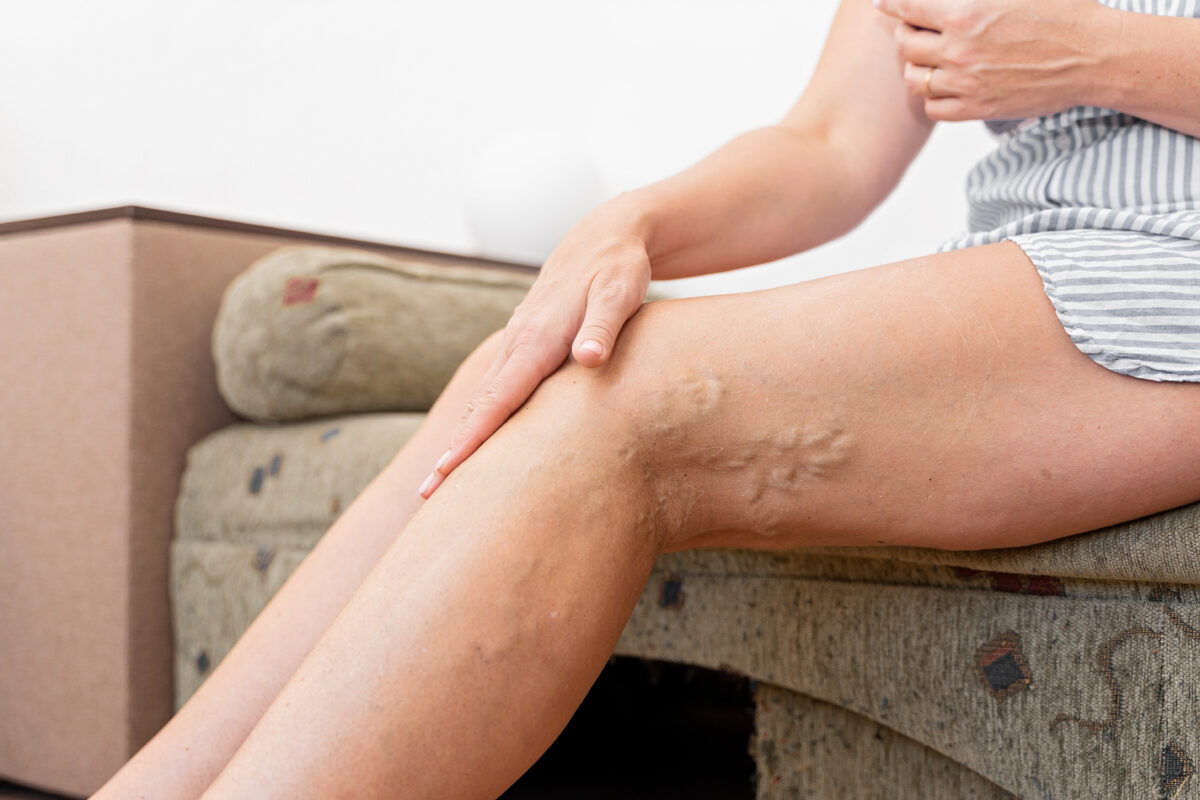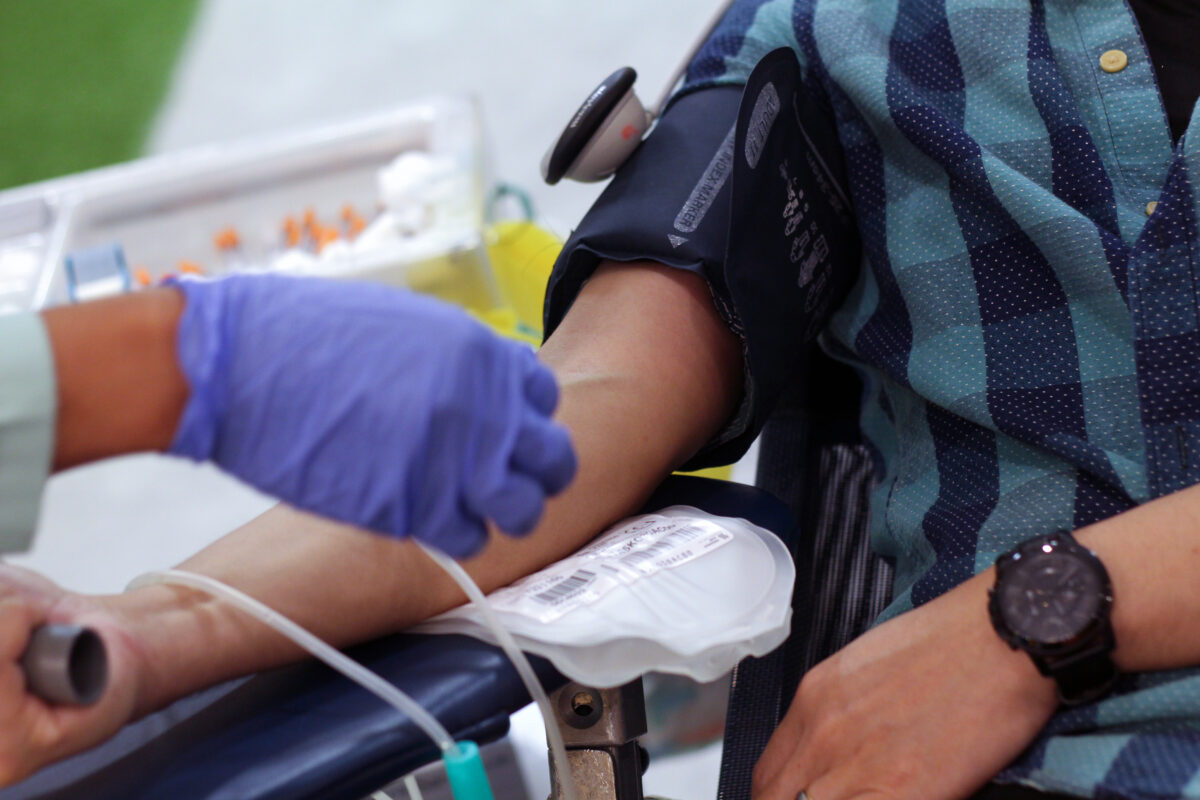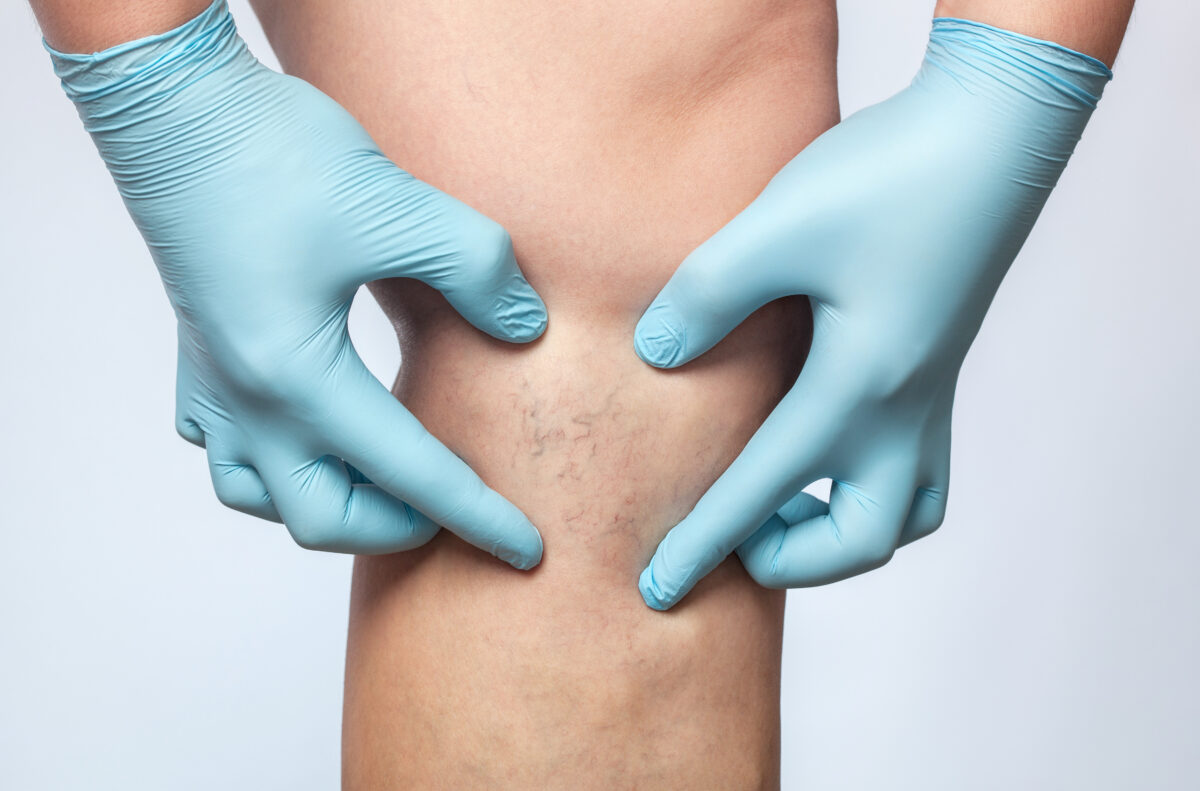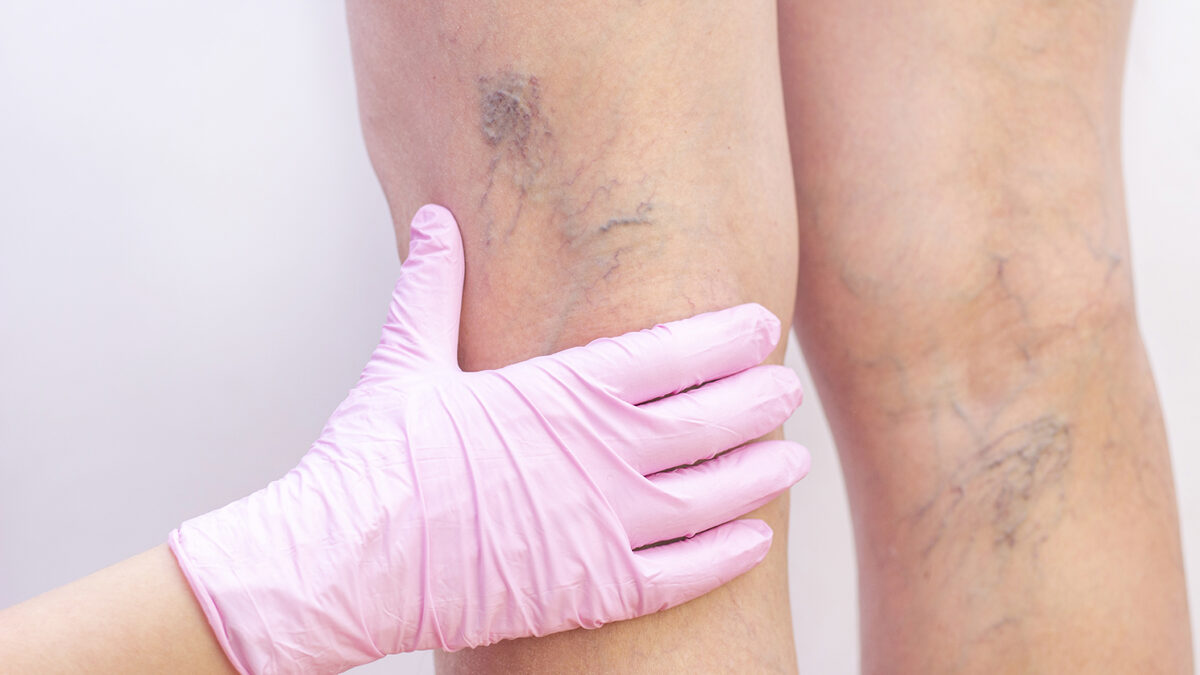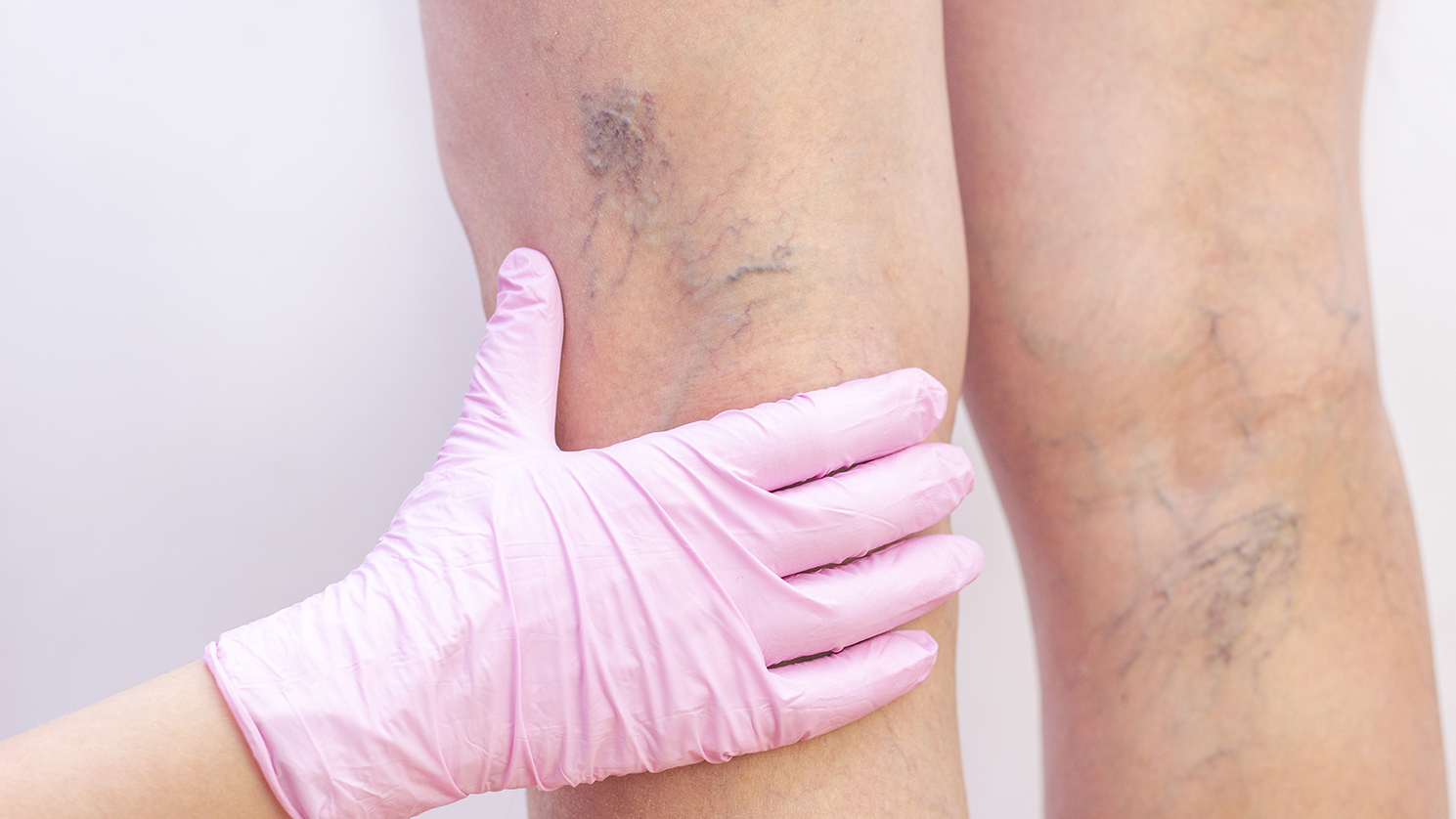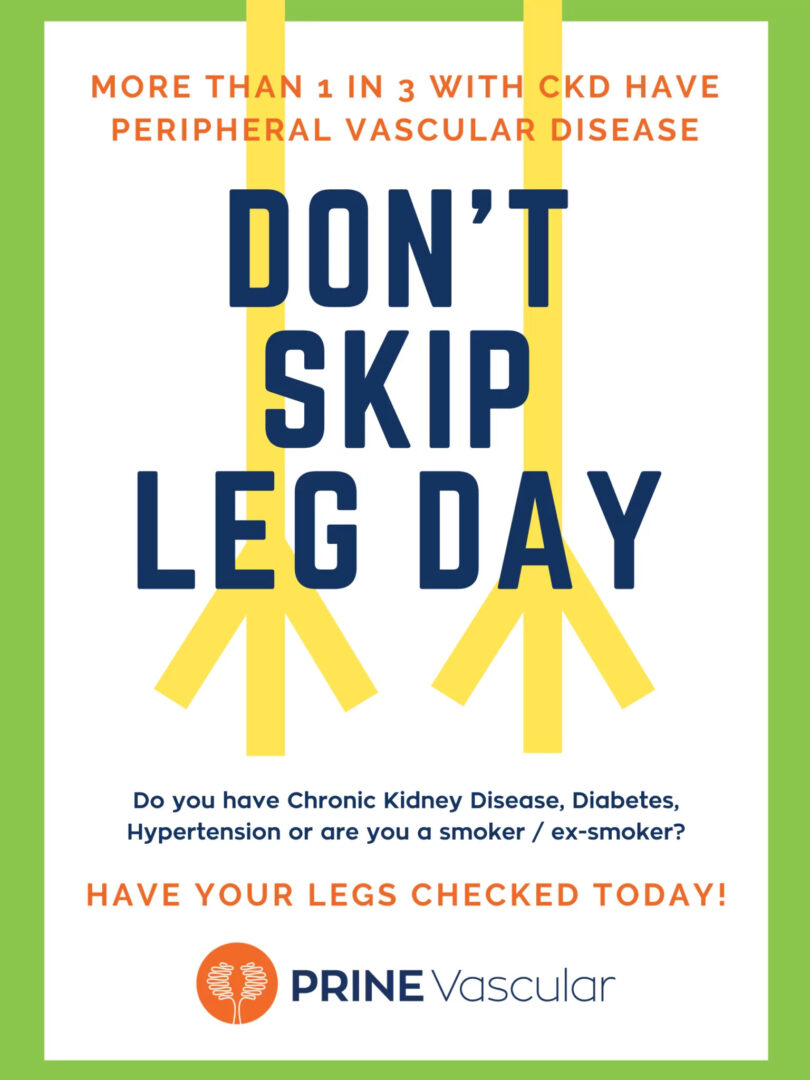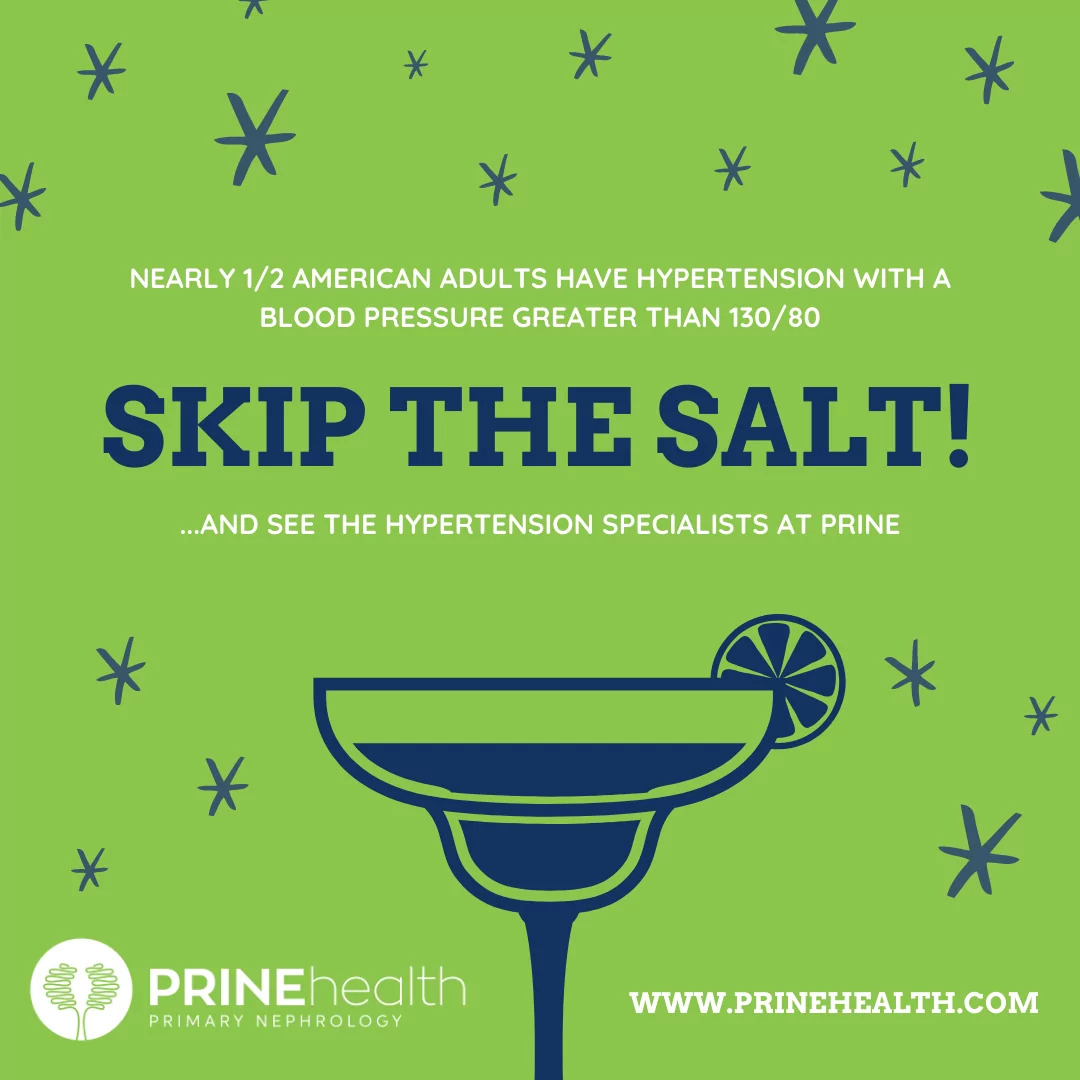Everything You Need to Know about Peripheral Artery Disease
The vascular system is an intricate network of arteries and veins that distribute and replenish oxygen-rich blood throughout the body. One of the most common vascular conditions affecting patients all over the world is Peripheral Artery Disease. This article will touch on this disease, what it is, how it works, the symptoms it may present, and how modern medicine can manage and treat this condition.
What Is PAD?
Peripheral Artery Disease (PAD) is the narrowing of the arteries, commonly in the lower extremities. This leads to a decreased flow of blood to the affected extremities and is often confused for “poor circulation.” PAD is most commonly caused by atherosclerosis, the buildup of fats or plaque on the artery that causes decreased blood flow in the first place.
Symptoms to Watch Out For
PAD disease may be asymptomatic, but it can also show up as leg, ankle, or foot pain, especially when walking—a condition called claudication. This pain can be mild or severe, and it usually dies down with rest. This is because walking requires a stronger blood flow than rest, especially at a higher pace. Claudication may be tricky to pinpoint, as a number of patients have different ways to describe it, such as cramping pain, leg fatigue, pressure, weakness, or aching.
Other PAD disease symptoms include:
- Decreased pulse in the leg
- Coldness on the leg, especially farther down
- Skin color changes on the affected limbs, becoming paler with time
- Sores on the limb that won’t heal
- Hair loss or slower hair growth in the affected limb
- Erectile dysfunction
Causes and Risk Factors
The main cause of PAD disease, as we’ve discussed, is atherosclerosis. This plaque buildup that leads to lower blood flow is made up of fat, cholesterol, fibrous tissue, and calcium. Atherosclerosis can result from a number of factors—some of them inevitable—that can increase your risk of developing PAD.
Age and family history play a big role. Most patients with PAD in the US are 65 years or older, though the condition can affect anyone at any age. Genetically, a family history of PAD, heart disease, stroke, or blood vessel disease can be an indicator of predisposition, according to the NIH.
A few conditions also contribute to PAD development:
- Diabetes
- Obesity
- High blood pressure
- Unhealthy blood cholesterol or triglycerides
- Kidney disease
Lifestyle behaviors can also lead to plaque buildup. Smoking, for example, can damage your blood vessels and increase your cholesterol levels. A lack of physical activity and increased levels of stress also increase the risks. A diet high in saturated fats—like butter, palm and coconut oil, and red meat—can further feed the plaque. Maintaining a healthy lifestyle and reducing habits that increase the risks is the only way to prevent this disease.
Treatment and Management
The most common way to treat PAD disease is to address the factors that further increase atherosclerosis, often through a mixture of medication and lifestyle changes. While this may be adequate for certain cases of PAD, as we have discussed throughout this blog, other conditions may increase atherosclerosis because of how they affect blood pressure and vessel structure. In some cases, more comprehensive PAD treatment options are best.
PRINE Vascular, one of our network’s specialties, explores a more multidisciplinary approach to addressing the factors that contribute to PAD. Since atherosclerosis can be increased by conditions like diabetes and kidney disease, PRINE Health doctors can refer their patients to endocrinologists and nephrologists to address these concerns for more extensive treatment.
If you or a loved one experiences any of the symptoms discussed in this article, don’t hesitate to reach out to a PRINE Vascular location near you.



